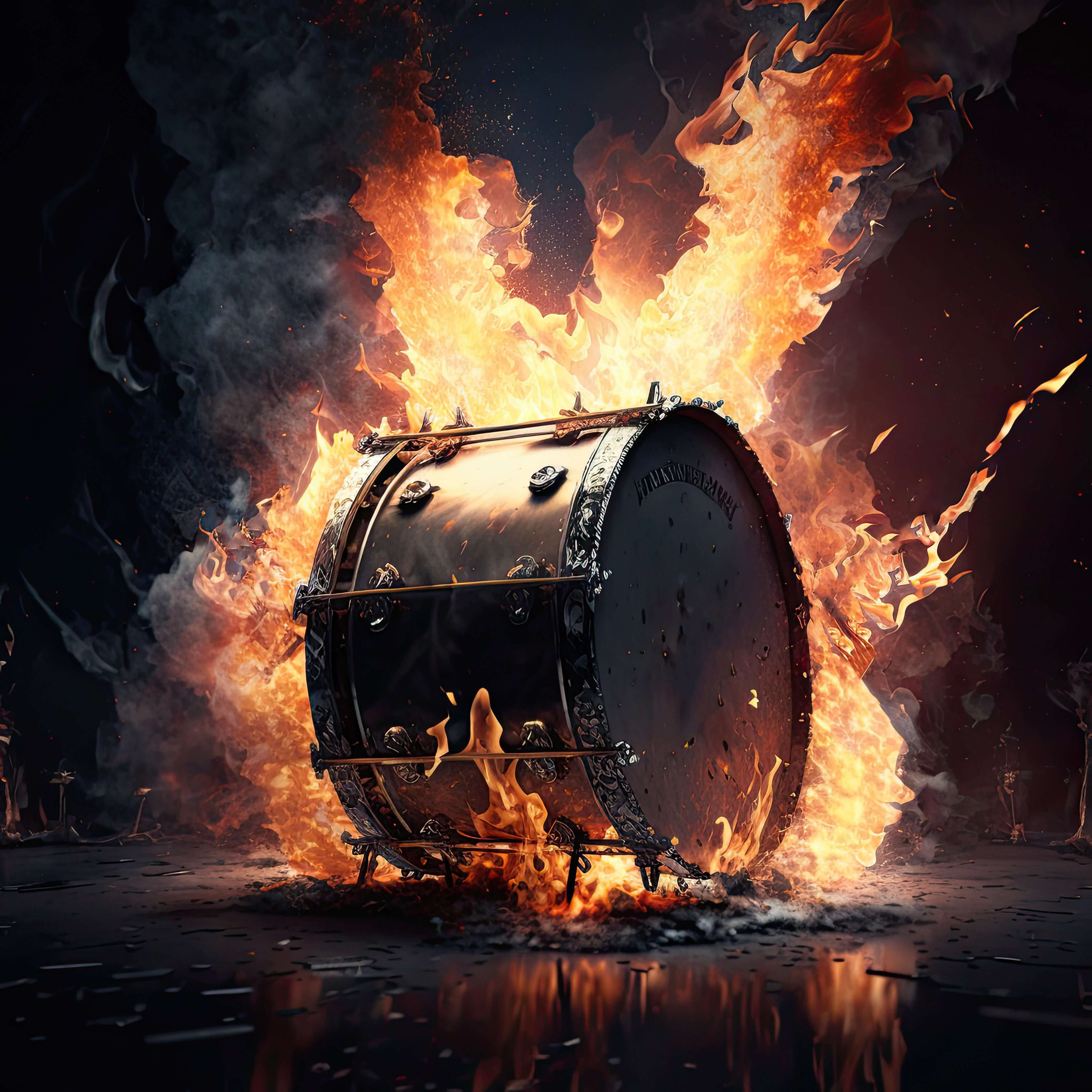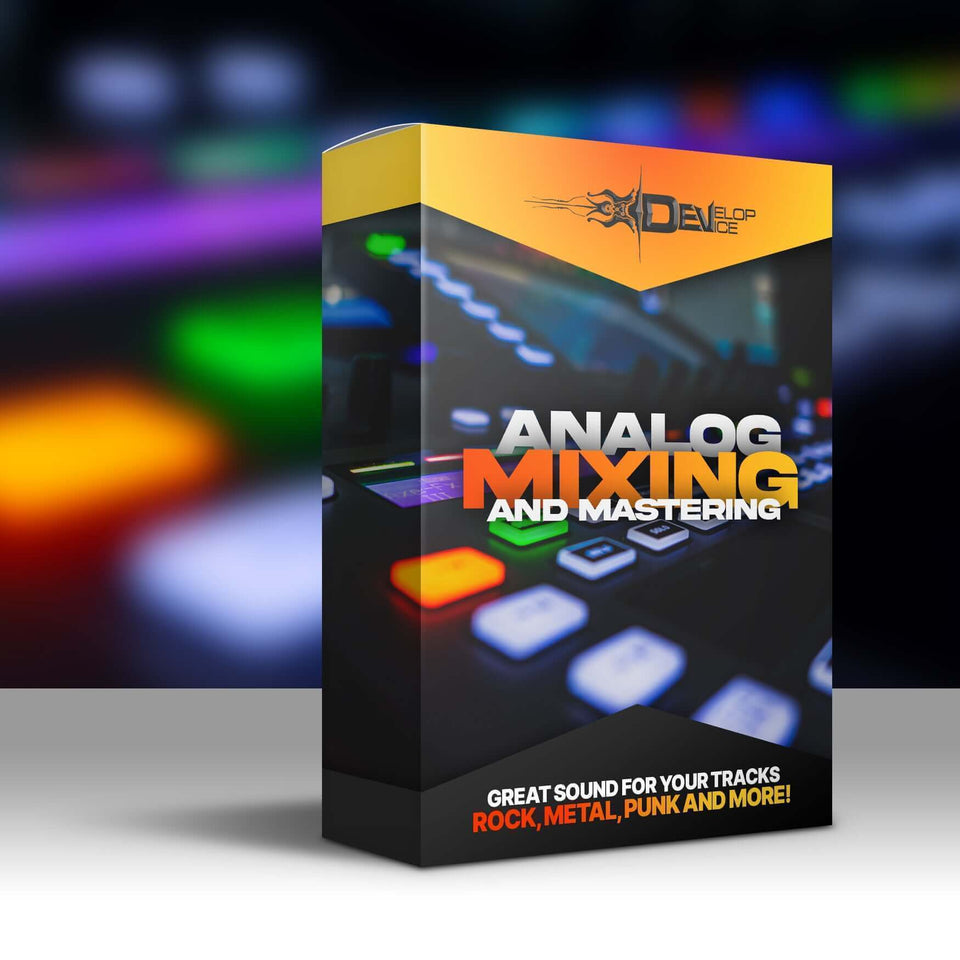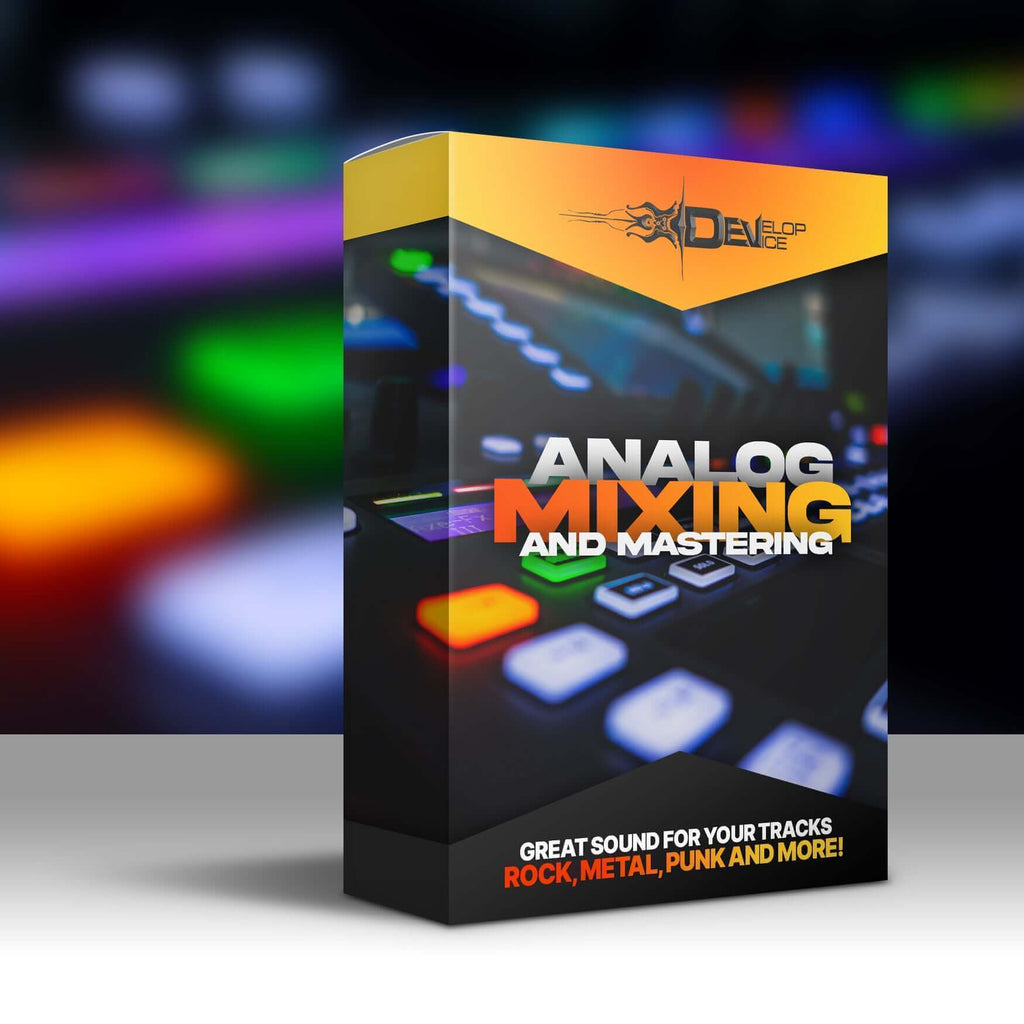How to Mix Drums: The Ultimate Guide for a Powerful Sound

Mixing drums is an essential skill that can elevate your music production to new heights. A well-mixed drum track provides the foundation and drive for your songs, making them sound professional and polished. In this comprehensive guide, we'll walk you through the step-by-step process of mixing drums to achieve that powerful sound you've been aiming for.
Table of Contents
- Understanding the Role of Drums in a Mix
- Preparing Your Drum Tracks
- Balancing Levels
- Equalization (EQ)
- Compression Techniques
- Adding Reverb and Effects
- Automation and Dynamics
- Finalizing Your Drum Mix
- Common Mistakes to Avoid
- Conclusion
Understanding the Role of Drums in a Mix
Drums are the heartbeat of any track, providing rhythm and energy. They interact with other instruments, especially the bass, to create the groove. Understanding their role helps you make mixing decisions that enhance the overall feel of the song.
- Foundation: Drums set the tempo and foundation.
- Energy: They add excitement and dynamics.
- Interaction: Drums work with other elements to create texture.
Preparing Your Drum Tracks
Before you start mixing, ensure your drum tracks are well-organized.
- Label Tracks Clearly: Name each drum track (e.g., Kick, Snare Top, Snare Bottom, Hi-Hat).
- Group Tracks: Use buses for grouped processing (e.g., all drum tracks sent to a Drum Bus).
- Phase Alignment: Check for phase issues between multiple mics on the same drum.
Balancing Levels
Start by setting the volume levels for each drum element.
- Kick Drum: Set the kick to a comfortable level, as it's the anchor.
- Snare Drum: Bring in the snare until it complements the kick.
- Hi-Hats and Cymbals: Add for rhythm and texture.
- Toms: Adjust levels during fills.
- Overheads and Room Mics: Provide natural ambience.
Tip: Mix in context by playing all tracks together, not just soloing drums.
Equalization (EQ)
EQ helps shape the tone of each drum element.
Kick Drum EQ
- Sub-Bass (20-60 Hz): Boost slightly for depth.
- Bass (60-100 Hz): Boost for punch.
- Low Mids (200-500 Hz): Cut to reduce muddiness.
- High Mids (2-4 kHz): Boost for attack.
- Highs (6-10 kHz): Add click if needed.
Snare Drum EQ
- Body (150-250 Hz): Boost for fullness.
- Boxiness (400-600 Hz): Cut to clean up.
- Snap (2-5 kHz): Boost for crispness.
- Air (10 kHz and above): Add brightness.
Hi-Hats and Cymbals EQ
- Low Cut (Below 200 Hz): Remove unnecessary lows.
- Shimmer (8-12 kHz): Boost for sparkle.
Toms EQ
- Fundamental Frequencies (80-300 Hz): Boost for depth.
- Muddiness (300-600 Hz): Cut to clean up.
- Attack (3-5 kHz): Boost for clarity.
Compression Techniques
Compression controls dynamics and adds punch.
Individual Drum Compression
- Kick and Snare: Moderate ratio (4:1), medium attack and release.
- Toms: Similar settings to kick and snare.
- Hi-Hats and Cymbals: Usually minimal compression.
Drum Bus Compression
- Glue the Drums Together: Low ratio (2:1), slow attack, fast release.
- Threshold: Set for 2-4 dB of gain reduction.
Parallel Compression
- Create a Duplicate Bus: Send drums to a parallel compressor.
- Heavy Compression: High ratio (10:1), fast attack and release.
- Blend to Taste: Mix with the original signal for added thickness.
Adding Reverb and Effects
Reverb adds space and realism.
Snare Reverb
- Plate Reverb: Popular for snares.
- Decay Time: 1-2 seconds.
- Pre-Delay: 20-40 ms to maintain clarity.
Room Ambience
- Overheads and Room Mics: Adjust levels to enhance natural reverb.
- Additional Reverb: Use sparingly on the drum bus if needed.
Special Effects
- Delay: For creative rhythms.
- Saturation: Adds warmth and harmonics.
Automation and Dynamics
Automation keeps the drum mix engaging.
- Volume Automation: Adjust levels during different song sections.
- Effect Automation: Bring in reverb or delay during fills.
- Panning Automation: Subtle movement for excitement.
Finalizing Your Drum Mix
- Reference Tracks: Compare with professionally mixed songs.
- Listen on Multiple Systems: Ensure consistency.
- Check Mono Compatibility: Avoid phase cancellation.
Common Mistakes to Avoid
- Over-Processing: Too much EQ or compression can kill dynamics.
- Ignoring Phase Issues: Leads to thin sound.
- Neglecting the Song's Needs: Mix should serve the music, not showcase effects.
Conclusion
Mixing drums is a balance of technical skill and creative intuition. By understanding each drum's role and applying these techniques thoughtfully, you'll create powerful drum mixes that enhance your music. Remember, trust your ears and don't be afraid to experiment.










Leave a comment
All comments are moderated before being published.